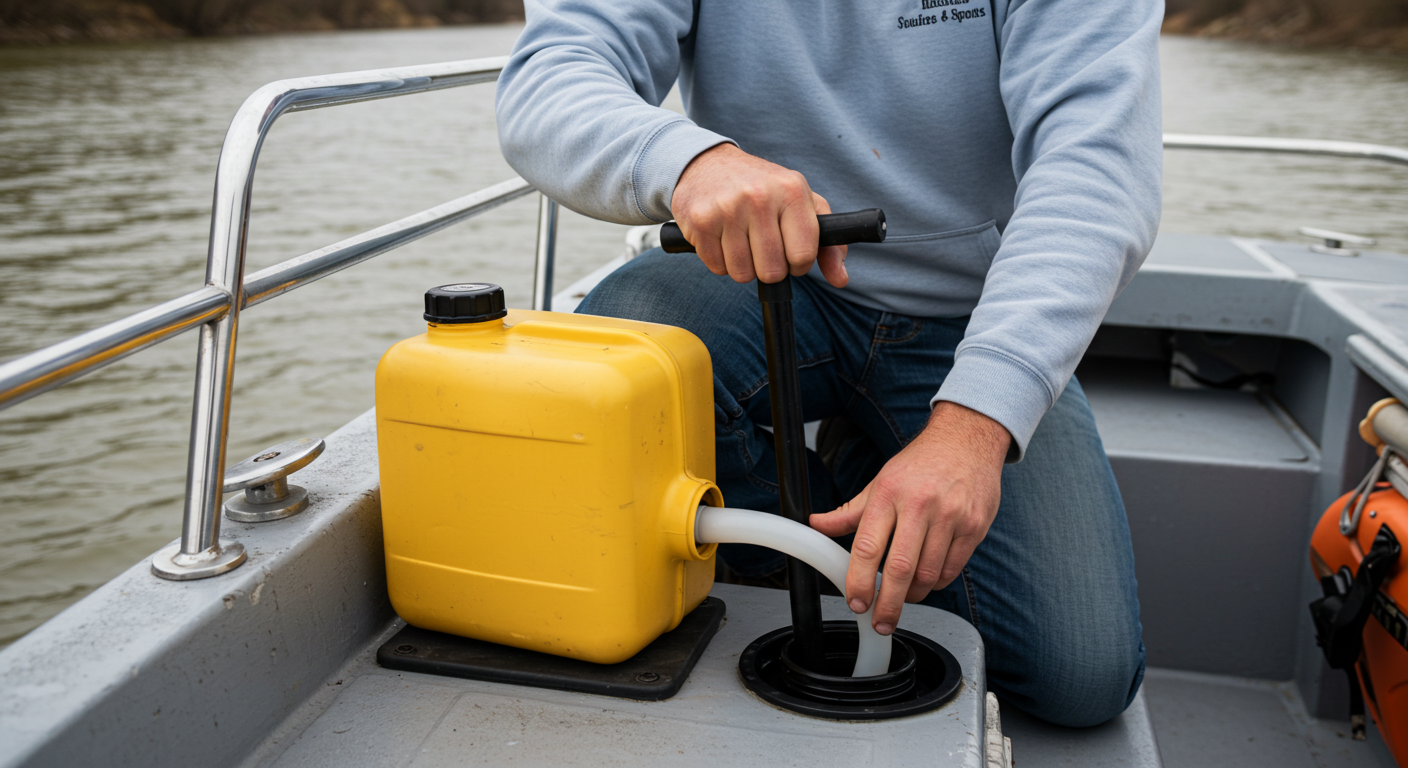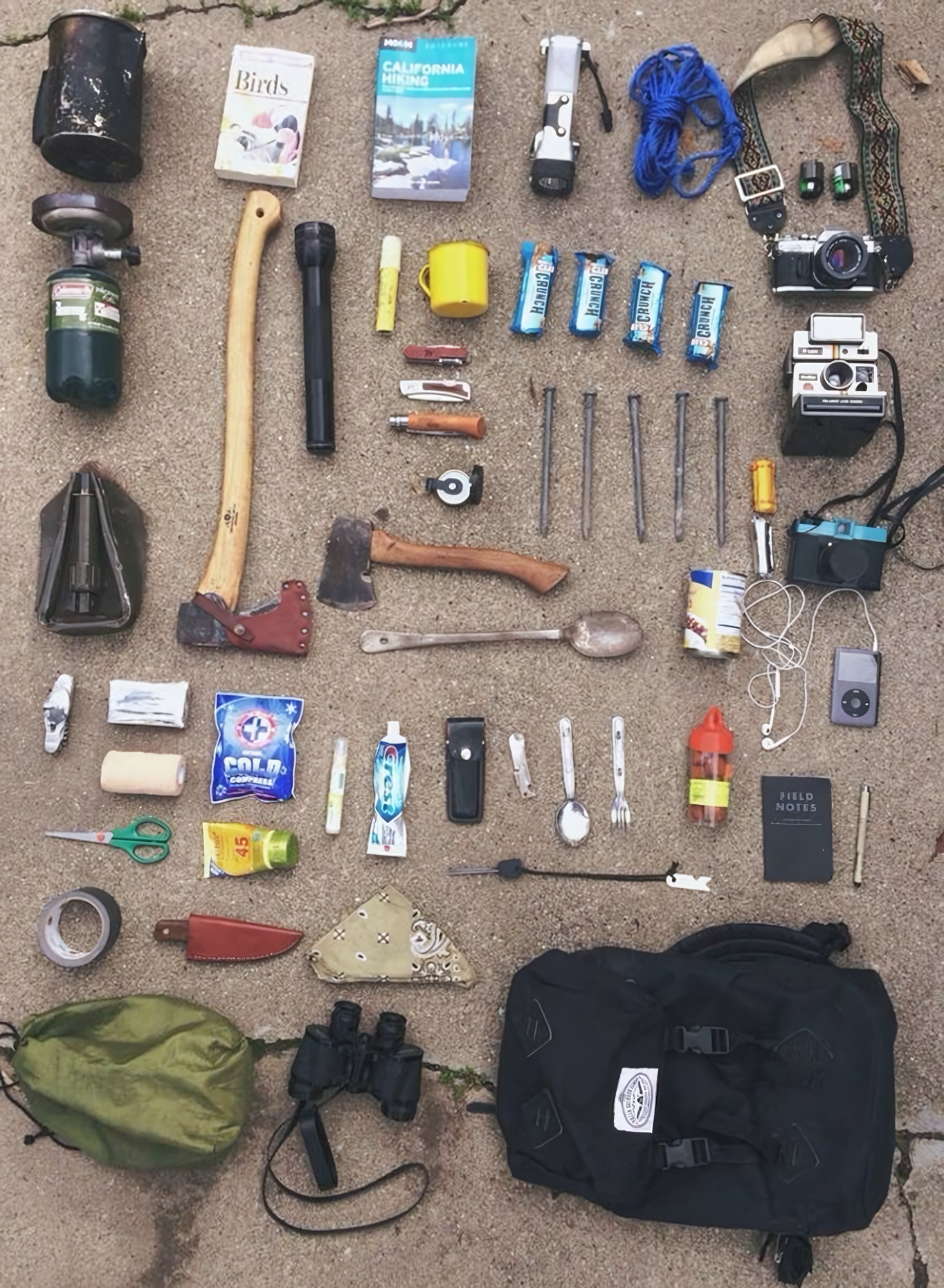In a crisis, the fuel in your boat is more than just gas for a fishing trip. It’s a hidden emergency reserve for your generator, your bug-out vehicle, or your escape plan. When supply chains fail, you don’t want to be left watching a perfectly good fuel source sit unused.
Safely siphoning fuel is a critical skill that can mean the difference between being prepared and being stranded.
Before You Start: Risks and Rules
Before you begin, remember that siphoning fuel from a boat that isn’t yours is theft. This guide is for your own property. Fuel is highly volatile and a major fire hazard.
- Ventilation: Work in an open, well-ventilated area.
- No Sparks: Do not smoke or use open flames. A single spark can ignite fumes and cause an explosion.
- Avoid Vapors: Fuel vapors can be toxic. Avoid breathing them in. An old rule of thumb is to “work outside, upwind, and with your head higher than the tank.”
The Siphoning Method: A Step-by-Step Guide
Step 1: Get the Right Gear
Don’t use a random garden hose. Fuel can eat through the wrong materials and contaminate your gas. You’ll need:
- A fuel-rated siphon hose with a manual priming bulb or hand pump.
- A clean, approved gas can.
- A rag to wipe up spills.
- Gloves to protect your skin.
Step 2: Access the Tank
Locate the fuel filler neck on your boat. Be patient; forcing a hose can damage internal fittings. The shortest, straightest path into the tank is always best.
Step 3: Prime the Siphon
If your hose has a priming bulb, squeeze it until you see fuel moving through the line. If you’re using a traditional hose, the “mouth method” is dangerous and should be avoided. If you have no other choice, submerge the intake end, pull suction just enough to start the flow, and immediately drop the hose into your container.
Step 4: Use Gravity to Your Advantage
Position your gas can lower than the boat’s fuel tank to let gravity do the work. Never leave the setup unattended; a spill can create a massive fire hazard.
Step 5: Seal and Store
Once you have the fuel you need, clamp or pinch the hose to stop the flow before lifting it out of the gas can. Seal your fuel in an approved container and store it in a cool, dry place away from any flames or heat sources.
Why This Skill Is Invaluable
When fuel docks run dry in a disaster, your boat’s tank becomes an emergency reserve. The gas inside is typically ethanol-free marine fuel, which stores better, runs cleaner, and works perfectly in generators, chainsaws, and even older vehicles.
Beyond its practical use, fuel is a powerful currency during a shortage. Knowing how to safely extract and store it gives you a valuable tradeable asset.
Learning to siphon fuel from your boat isn’t about cutting corners; it’s about not letting a resource go to waste when you need it most. When the pumps run dry, those who know how to get fuel from unconventional sources will be the ones moving forward while everyone else is stranded.




